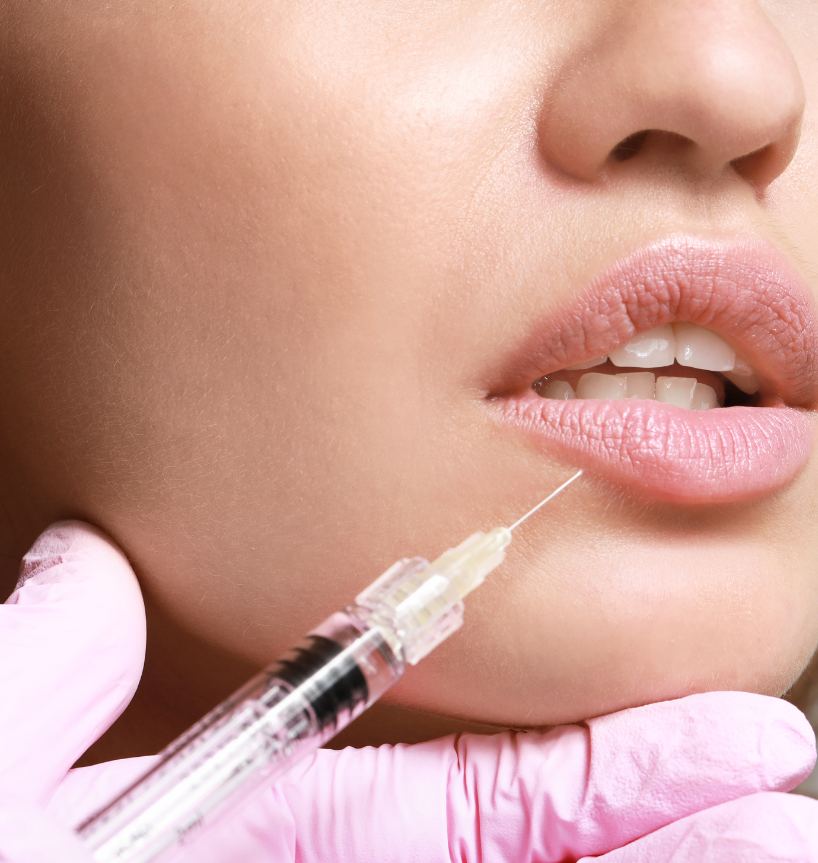When it comes to anti-aging treatments, Botox and Restylane are two of the most popular options—but they work in very different ways. Understanding their differences can help you choose the right treatment for your skin concerns.
1. How They Work
Botox is a neurotoxin (made from botulinum toxin) that temporarily paralyzes facial muscles, reducing dynamic wrinkles caused by repeated movements (e.g., frown lines, crow’s feet).
Restylane is a dermal filler made of hyaluronic acid (HA) that adds volume to smooth static wrinkles (e.g., nasolabial folds, marionette lines) and plump lips or cheeks.
2. Target Areas
| Botox | Restylane |
|---|---|
| Forehead lines | Cheeks |
| Crow’s feet | Lips |
| Frown lines (glabellar lines) | Nasolabial folds |
| Bunny lines (nose wrinkles) | Marionette lines |
| Jawline slimming (masseter reduction) | Under-eye hollows |
3. Duration of Results
Botox lasts 3–6 months before muscle activity gradually returns.
Restylane lasts 6–18 months, depending on the formulation and area treated.
4. Treatment Experience
Botox involves tiny injections with minimal discomfort (often feels like a quick pinch).
Restylane may include a numbing agent, but some patients report mild swelling or bruising afterward.
5. Best For?
✔ Choose Botox if you want to reduce expression lines (wrinkles caused by muscle movement).
✔ Choose Restylane if you want to restore lost volume, enhance lips, or smooth deep folds.
Can You Use Both?
Yes! Many people combine Botox (for dynamic wrinkles) and Restylane (for volume loss) for a more comprehensive rejuvenation.
Final Thoughts
Both treatments are safe and FDA-approved when administered by a qualified professional. Consult a dermatologist or cosmetic specialist to determine the best option for your skin goals.

